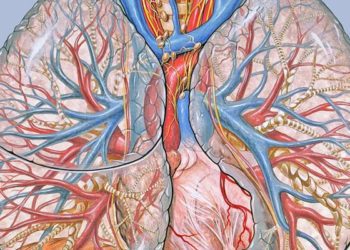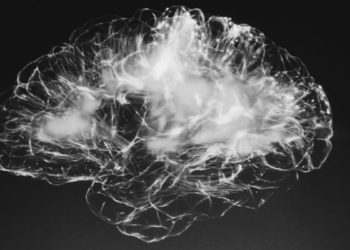Efanesoctocog alfa in children with hemophilia A reduces bleeding
1. In this randomized controlled trial, a prophylactic weekly dose of efanesoctocog alfa (ALTUVIIIO) resulted in sustained factor VIII activity in children with severe hemophilia A.
2. Having sustained elevated factor VIII activity prevented bleeding episodes in these children.
Evidence Rating Level: 1 (Excellent)
Study Rundown: Hemophilia A is a life-threatening disease with inadequate treatment options to prevent major bleeding episodes. Maintaining high levels of coagulation factors protects against bleeding. However, factor VIII is limited by the von Willebrand factor, requiring more transfusions. This treatment regimen is particularly challenging for children, so this study sought to find an effective treatment alternative. One option is ALTUVIIIO, a factor VIII replacement with a greater half-life. Once a week for one year, patients were given a prophylactic dose of intravenous ALTUVIIIO (50 IU per kilogram). Any additional bleeding episodes were treated with one dose of ALTUVIIIO (50 IU per kilogram), and patients could continue with the routine dose after 72 hours if the treatment was successful. The endpoint of the study was reached once inhibitor development occurred, as measured by the Nijmegen-modified Bethesda assay. It was extremely important to prevent bleeding into joints as this can have unfortunate consequences such as decreased quality of life. Overall, a once-weekly dose of prophylactic ALTUVIIIO led to sustained high levels of factor VIII in children below the age of 12 with severe hemophilia A, thus preventing bleeding episodes.
Click here to read the article in the NEJM
In-Depth [randomized controlled trial]: This open-label phase three study included participants younger than 12 years of age with a diagnosis of severe hemophilia A. Patients younger than six were eligible if they had received recombinant plasma-derived factor VIII or cryoprecipitate for more than 50 exposure days, while patients between 6 and 12 had to have received the same options for at least 150 exposure days. After the criteria were met, 74 male patients, 38 who were younger than six, and 36 who were between the ages of 6 to 12 were enrolled in the study. The bleeding rate median was 0.00 (interquartile range, 0.00 to 1.02), and the model-based mean annualized bleeding rate was 0.61 (95% Confidence Interval [95% CI], 0.42 to 0.90). Amongst the participants, 65% (47 patients) did not experience any bleeding episodes, 88% (65 patients) did not have any spontaneous bleeding episodes, and 82% (61 patients) did not have any bleeding episodes in their joints. Overall, there were 43 episodes of bleeding, with 17 occurring in patients younger than six years and 26 occurring in patients between six and 12 years. Of these 43 episodes, 41 (95%) resolved after receiving one injection of ALTUVIIIO. Pharmacokinetic assessment occurred in 37 patients. The mean factor VII activity stayed above 40 IU per deciliter for three days, while it remained above 15 IU per deciliter for 5.6 days and above 10 IU per deciliter for 6.7 days. The half-life of the geometric mean terminal was 40 hours (95% CI, 38.5 to 41.5) overall; however, it differed between the two age groups. For those younger than six years old, the half-life was 37.8 hours (95% CI, 36.0 to 39.7); for those between six and 12 years old, the half-life was 42.3 hours (95% CI, 40.5 to 44.2). In summary, ALTUVIIIO use was associated with improved bleeding outcomes in hemophilia A.
Image: PD
©2024 2 Minute Medicine, Inc. All rights reserved. No works may be reproduced without expressed written consent from 2 Minute Medicine, Inc. Inquire about licensing here. No article should be construed as medical advice and is not intended as such by the authors or by 2 Minute Medicine, Inc.







